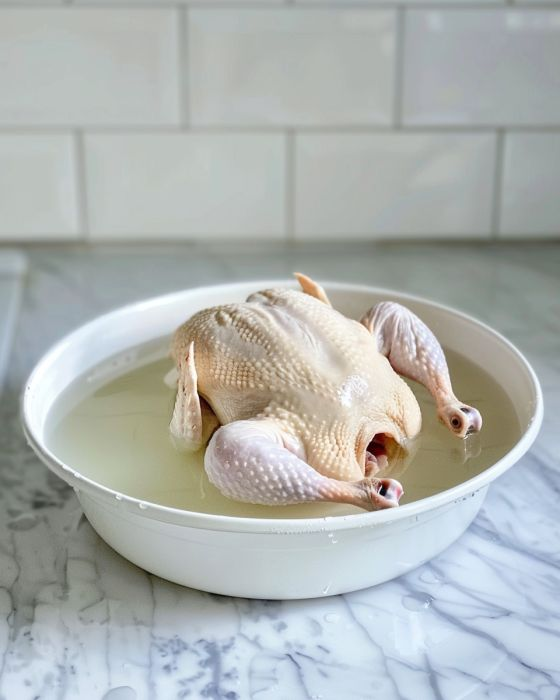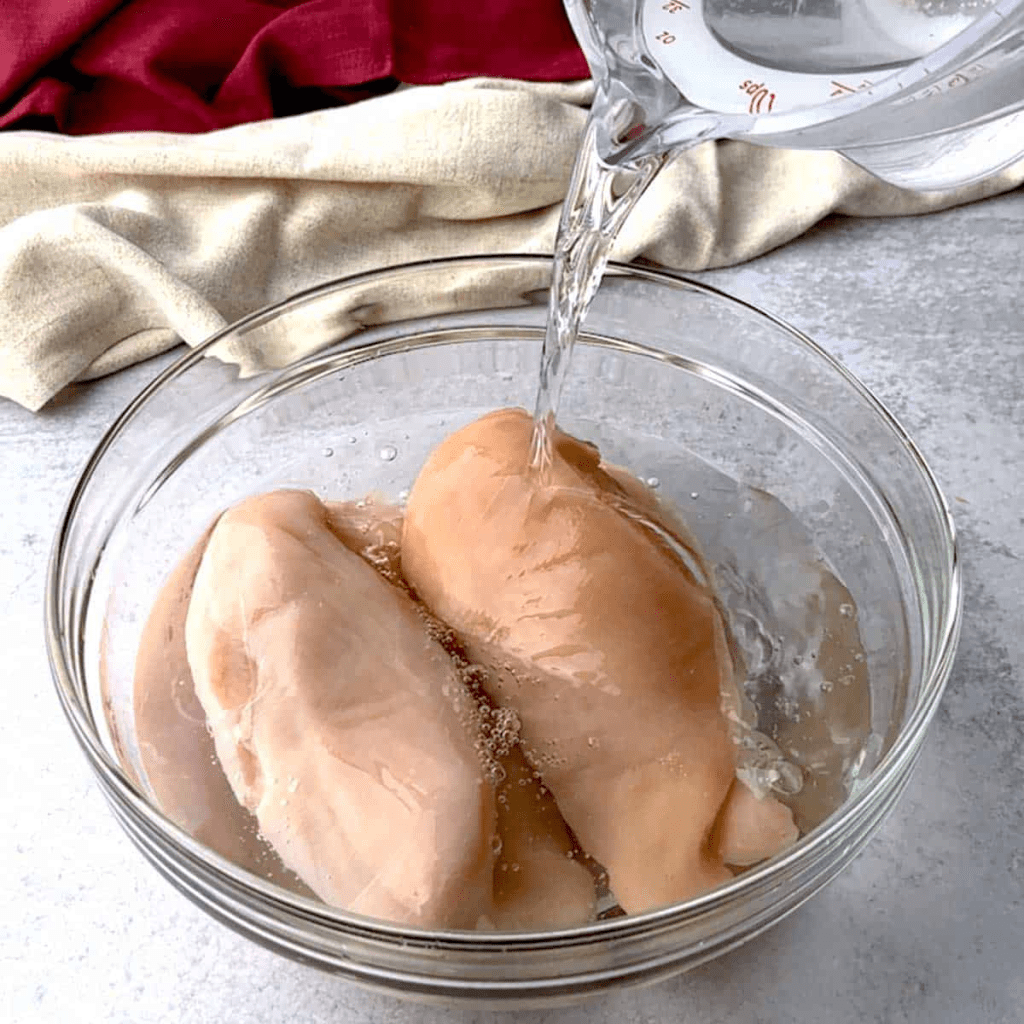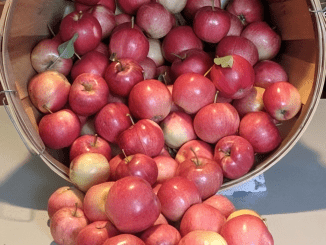If you’ve ever wondered how professional chefs create chicken that’s bursting with flavor and perfectly juicy, the secret might lie in a simple but transformative step: soaking chicken in salt water, also known as brining. While it may seem like an unnecessary extra step, brining can drastically improve the flavor, moisture, and texture of your chicken. Let’s dive into why this age-old culinary technique deserves a spot in your kitchen routine.
What Is Brining?

Brining is the process of soaking meat in a solution of salt and water, often enhanced with herbs, spices, or even sugar. This method not only infuses the chicken with flavor but also improves its ability to retain moisture during cooking. Think of it as giving your chicken a luxurious spa treatment before it hits the heat.
The Science Behind Brining
Brining works wonders because of simple science. Salt in the brine interacts with the proteins in the meat, breaking them down slightly and allowing the chicken to absorb water. This results in meat that is more flavorful and less likely to dry out. The process also helps season the chicken deeply, rather than just on the surface.
Enhanced Flavor: A Chef’s Secret
When you sprinkle salt on the surface of chicken, you’re only seasoning the exterior. But when you soak chicken in a salt water solution, the salt penetrates deep into the meat. This means every bite is evenly seasoned and packed with flavor. You can even customize your brine with spices, garlic, or citrus for a more complex taste profile.
Ever tasted chicken that’s bland despite a heavy coating of seasoning? That’s because the seasoning didn’t reach the interior. Brining solves this problem by ensuring every fiber of the meat is infused with flavor.
Moisture Retention: The Key to Juicy Chicken
One of the biggest challenges in cooking chicken is avoiding dryness, especially when grilling or baking. Brining changes the game by helping the chicken hold onto its moisture. Here’s how it works:
- The salt disrupts the proteins in the meat, allowing them to bond with water.
- As the chicken cooks, this extra moisture prevents it from drying out.
Even if you accidentally leave your chicken in the oven a little too long, brined chicken is far more forgiving, staying tender and juicy.
Improved Texture: Say Goodbye to Tough Chicken
Brining doesn’t just make chicken juicier; it also improves its texture. The salt solution relaxes the muscle fibers in the meat, making it more tender and easier to chew. This is particularly important for cuts like chicken breasts, which can often be tough and stringy when overcooked.
The result? A succulent, melt-in-your-mouth experience that feels like it came from a high-end restaurant.
Versatility in Cooking Methods

One of the best things about brining is its versatility. No matter how you plan to cook your chicken—whether roasting, grilling, frying, or baking—brining sets you up for success. Here’s why:
- Grilling: Brined chicken holds up well to the high heat of the grill, staying juicy inside even as it develops a crispy, charred exterior.
- Roasting: Brining enhances the natural flavors of the chicken, making it the star of your roast dinner.
- Frying: Brined chicken fries to perfection, with a crispy crust and moist interior.
- Baking: The extra moisture ensures your baked chicken won’t end up dry or rubbery.
How to Brine Chicken: A Simple Guide
Ready to give brining a try? It’s easier than you might think! Follow these simple steps:
- Prepare the Brine: Mix ¼ cup of salt per quart of water. For extra flavor, add ingredients like sugar, peppercorns, bay leaves, garlic, or fresh herbs.
- Submerge the Chicken: Place the chicken in a large bowl or resealable bag and pour the brine over it. Ensure the chicken is fully submerged.
- Refrigerate: Let the chicken soak in the brine in the fridge. Smaller cuts like breasts need about 30 minutes to an hour, while whole chickens can brine for up to 24 hours.
- Rinse and Dry: Before cooking, rinse the chicken under cold water to remove excess salt and pat it dry with paper towels.
Common Mistakes to Avoid

While brining is simple, there are a few pitfalls to watch out for:
- Over-brining: Leaving chicken in the brine too long can make it overly salty and mushy. Stick to recommended times.
- Skipping the rinse: Not rinsing the chicken can lead to overly salty meat.
- Using table salt: Table salt is denser than kosher or sea salt, so adjust measurements accordingly if you must use it.
Why You Shouldn’t Skip Brining
Think of brining as the foundation of a great meal. Without it, you’re missing an opportunity to elevate your chicken from ordinary to extraordinary. Whether you’re cooking for a family dinner or a special occasion, brined chicken will leave everyone raving about how delicious and moist it is.
Conclusion: The Brining Advantage
Soaking chicken in salt water might seem like an unnecessary extra step, but it’s a game-changer in the kitchen. By enhancing flavor, improving moisture retention, and creating a tender texture, brining ensures your chicken comes out perfectly every time. Whether you’re a seasoned home cook or just starting out, this simple technique will make you look—and feel—like a culinary pro.
Next time you bring home chicken from the store, don’t just cook it. Give it the brine treatment, and taste the difference for yourself. Your taste buds (and anyone lucky enough to share your cooking) will thank you!


